Airfix Seafire F.R.47 with Cooper Details upgrade
The Seafire F.R.47 was the last of the line that began in 1935 with K5054, the Spitfire prototype. It was twice the weight of the original, with two and a half times the power and an additional 100mph in top speed, not to mention a cannon armament that had neqarlty ten times the hitting power of the original eight rifle-caliber machine guns. It lookedso unlike the original past a "family resemblance" that it was really a different airplane.
The Seafire F.R.47 was the Seafire that got things right, finally. The entire idea of a "Sea Spitfire" was an emergency stopgap for the fact the Fleet Air Arm had no domestically-developed fleet defense fighter capable of meeting its land-based rivals on equal terms.
The delicate Spitfire really had no business in the rough-and-tumble world of naval carrier-based aviation, and the vast majority of them were lost to landing accidents and airframe failures due to the fact it really couldn't stand up to the stress of carrier operations. Even the final Seafire would be removed from operations after 90 days' operational service in the Korean War, due to stress cracks in the rear fuselage from repeated hard landings.
That said, during their 90 days of operations, the Seafires of 800 Squadron FAA, operating from HMS Triumph with the Firefly Is of 810 Squadron provided crucial air support during the opening phase of the Korean War, making attacks on North Korean supply lines on the western side of the Korean peninsula during the UN retreat to the Pusan perimeter, and providing air support for the invasion of Inchon which turned the war around with a landing far behind the enemy lines.
Modelers were really happy to see the Airfix kit when it appeared 19 years ago in 1995, as a good Seafire 47 had been high on the "want lists" for years. The kit marked a new high for Airfix in terms of kit design and production. Even so, it needed some help to get all the way to Really Excellent. Spitfire fanatic Roy Sutherland provided this with a resin set from his Cooper Details line that included an accurate cockpit, a corrected set of propeller blades, a correct-shaped carburettor intake, correct-shaped radiator housings, and a correct-outline rudder. With the addition of a Falcon vacuformed canopy with the right shape and sit, and Aeromaster decals, the kit really sits up and sings.
This conversion was done back in 2003, and utilized Gunze-Sangyo paints
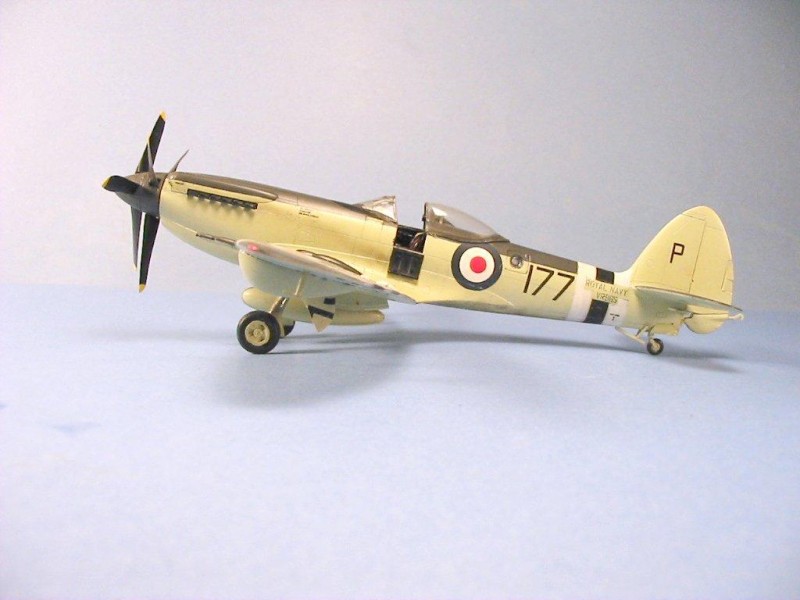
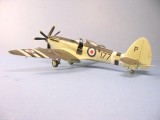
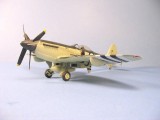
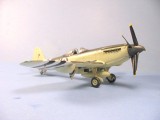
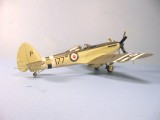
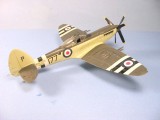
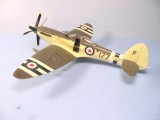
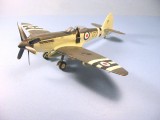
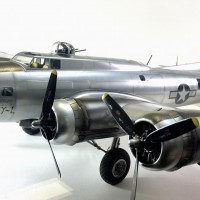
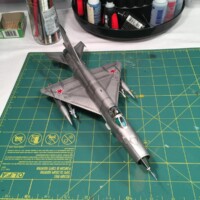
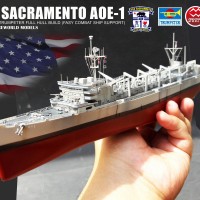
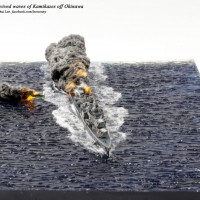
Well done on both Seafire builds. Going to try and find some kits in 1/72 of these aircraft for my stash, 1/48 scale is not quite my thing.
very nicely done
Tom,
Again, great story info and great build.
Yes, nice build of an interesting Spitfire marque. Navy ops was the one and only area the Spitfire did not exactly excel at. Spitfire flaps were not even suitable for carrier ops, no take off setting, they were either up or a draggy 64 deg down. Launching the Spitfire MkV's off the carrier for Malta someone came up with a clever idea. In order for the flaps to provide an extra lift inducing 15 odd degrees, the flaps were selected down, small wooden wedges were installed, the flaps were then closed onto the wooden wedges, jamming them open at a take off setting. Once safely airborne off the carrier, the pilots cycled the flaps, causing the wedges to drop away, allowing the flaps to then fully close. So carrier steaming into wind, full power, the aircraft heavy with "night stop kit" jammed into every nook and cranny, this little bit of lift from the "modified" flaps was important.